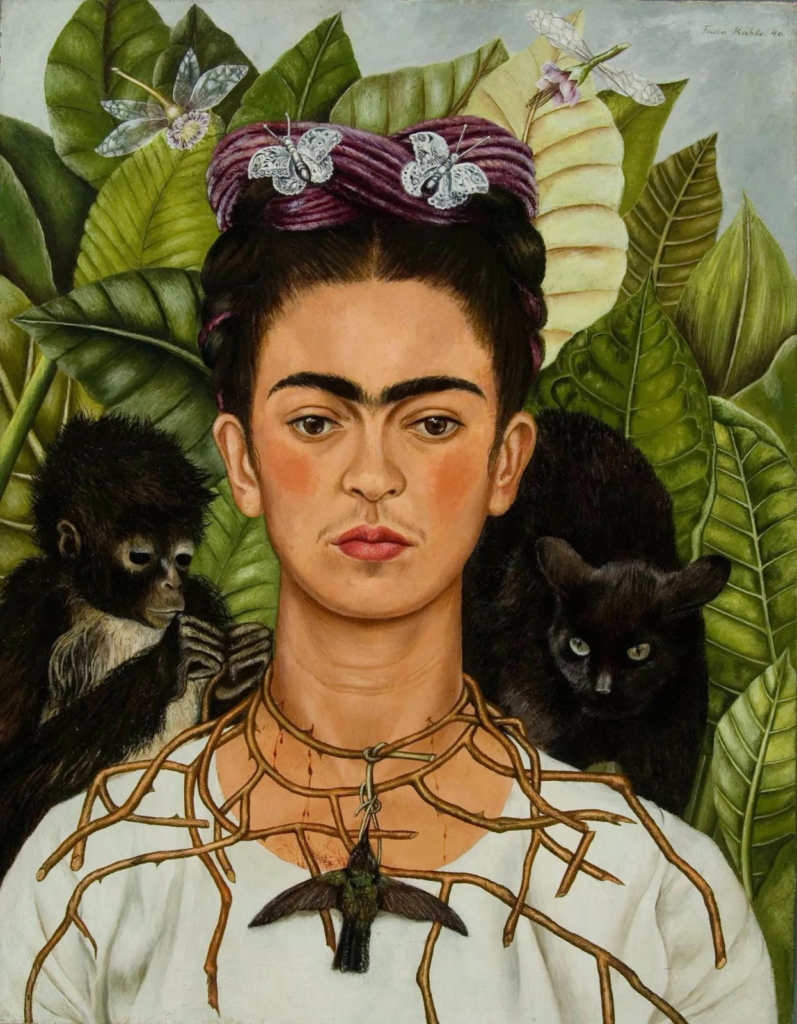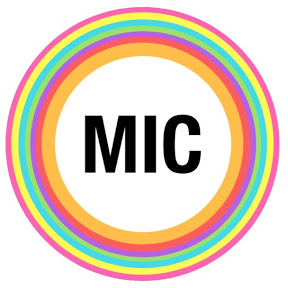
Frida Kahlo, self-portrait with thorn necklace and hummingbird, 1940.
Frida Kahlo, the Mexican artist, has become an icon due in part to her unique personality and multifaceted life.
Since her death in 1954, Kahlo has become a global symbol of resilience against patriarchal oppression, a feminist icon, and, thanks to her affairs with both men and women, a cult figure in the LGBTQ2+ community. She was nothing like her contemporaries, as she purposely kept her eyebrows in a unibrow and a mustache. She often used men’s clothing to demonstrate against gender constructs.
Born in 1907 in Mexico, Kahlo was the daughter of a German immigrant father. Her mother was indigenous. Kahlo had been plagued with diseases since she was a little girl. At 6, she suffered from polio, and at 18, she survived a violent bus accident that left her with lifelong pain and fertility complications. However, her ailments did not stop her from being a revolutionary woman. In 1922, she became one of few female students to enroll in Mexico City’s National Preparatory School, where she befriended a group of politically inclined students and joined the Mexican Communist Party.
Although she died young at the age of 47, her Mexican and indigenous inspired art, female experience, and her self portraits live forever. In 1953, towards the end of her life, she experienced her first solo exhibit in Mexico. She arrived in an ambulance to her exhibit and was placed in a stretcher, where she was able to enjoy her opening. She is reported to have died from a pulmonary embolism, but some suggest she may have died through suicide or overdose as she had a dependency on pain killers.
A few days before her death, she wrote in her diary, “I hope the exit is joyful — and I hope never to return — Frida.”




